.jpeg)
The 2024 Lok Sabha election is not just another political event in India. It is a powerful reminder of how deeply rooted democracy is in the country. Spanning 44 days and 7 phases, this election is the second-longest in India’s history after the very first general election in 1951–52. Over 970 million eligible voters, almost 70% of India’s massive 1.4 billion population, will decide the future of the nation. This election is historic not only in its scale but also in its cost, use of technology, and global attention.
A Costly but Critical Process
Conducting an election for nearly a billion people is not easy. According to official data, the cost of the 2024 Lok Sabha election is expected to reach ₹1 lakh crore. To understand how enormous that is, consider this: the 2014 election cost ₹3,426 crore, and the 2019 one cost ₹55,000 crore. The rising costs reflect both inflation and the growing complexity of managing such a vast democratic exercise.
Quick Look at Voter Numbers and Costs Over the Years:
|
SN & Year |
Total No of Voters |
Total Cost of LS Election |
|
1-2014 |
834 million |
3426 crores |
|
2-2019 |
912 million |
55000 crores |
|
3-2024 |
970 million |
100000 crores |
Over 8,000 candidates from various political parties are contesting the 543 Lok Sabha seats. Additionally, elections in four states (Andhra Pradesh, Odisha, Arunachal Pradesh, and Sikkim) and 25 assembly by-elections are also being conducted.
EVMs: The Unsung Heroes of Indian Elections
If India still used traditional paper ballots, this election might take months to conduct and count. Thankfully, the Electronic Voting Machines (EVMs) have changed the voting process. They have made elections more efficient, faster, and relatively free of errors. EVMs allow results to be declared quickly and reduce the chances of large-scale manual mistakes.
Despite criticism from some political parties, EVMs remain a central part of the process. To build trust, the Election Commission has also introduced Voter Verifiable Paper Audit Trails (VVPATs) that allow voters to verify their vote.
Voter Awareness Still Needs Work
While voter turnout has steadily increased from 44% in 1951 to 67% in 2019, it is important to note that 33% of eligible voters still do not vote. That is a large number of citizens who either do not understand their rights or feel disconnected from the political process.
This highlights the need for better education and civic awareness. We live in an age of artificial intelligence, yet millions of Indians still lack basic education. A powerful democracy must ensure that all citizens are informed enough to make their own choices. That means stronger investment in education and civic engagement is urgently needed.
Global Eyes on India’s Election Process
For the first time in a general election, the Election Commission of India (ECI) invited 75 delegates from 23 different countries to observe how the election is conducted. These international observers represent Election Management Bodies (EMBs) from around the world. Their presence shows that India is serious about transparency and electoral fairness.
This move also responds to claims from some political groups that elections may be biased. With the international community watching, India is setting a high standard of openness and credibility.
Controlling Election Spending and Bribery
Money power has been a long-standing issue in Indian elections. To address this, the Election Seizure Management System (ESMS) was introduced. This is a digital tool that tracks illegal election spending and the use of cash, liquor, drugs, or freebies to influence voters. According to a press release on May 18, 2024, over ₹9,000 crore worth of such items were seized by authorities during this election.
This kind of strict enforcement shows that the Election Commission is serious about creating a fair playing field for all candidates.
A Democracy Like No Other
The scale and complexity of the 2024 Lok Sabha election are unmatched globally. No other country manages to bring together nearly a billion people to vote peacefully and fairly. That itself is a remarkable achievement.
Yes, there are flaws. Voter education is still lacking, election costs are rising, and political tension is increasing. But even with these issues, India’s election process stands as a symbol of commitment to democratic values.
As 14th-century historian Ziauddin Barni once said, "The awe and splendour of the ruler must impress both the common people and the elite." Prime Minister Narendra Modi’s leadership reflects this idea. Whether praised for strong decisions or criticized for dramatic politics, his presence adds weight to the country’s political landscape.
Insightful Thoughts
The 2024 Lok Sabha election is more than a political contest. It is a national moment of choice. It allows the people of India to shape their future, hold their leaders accountable, and exercise the power of their vote. Though challenges remain, India’s democracy continues to grow with strength and seriousness.
The world is watching, and so should we.









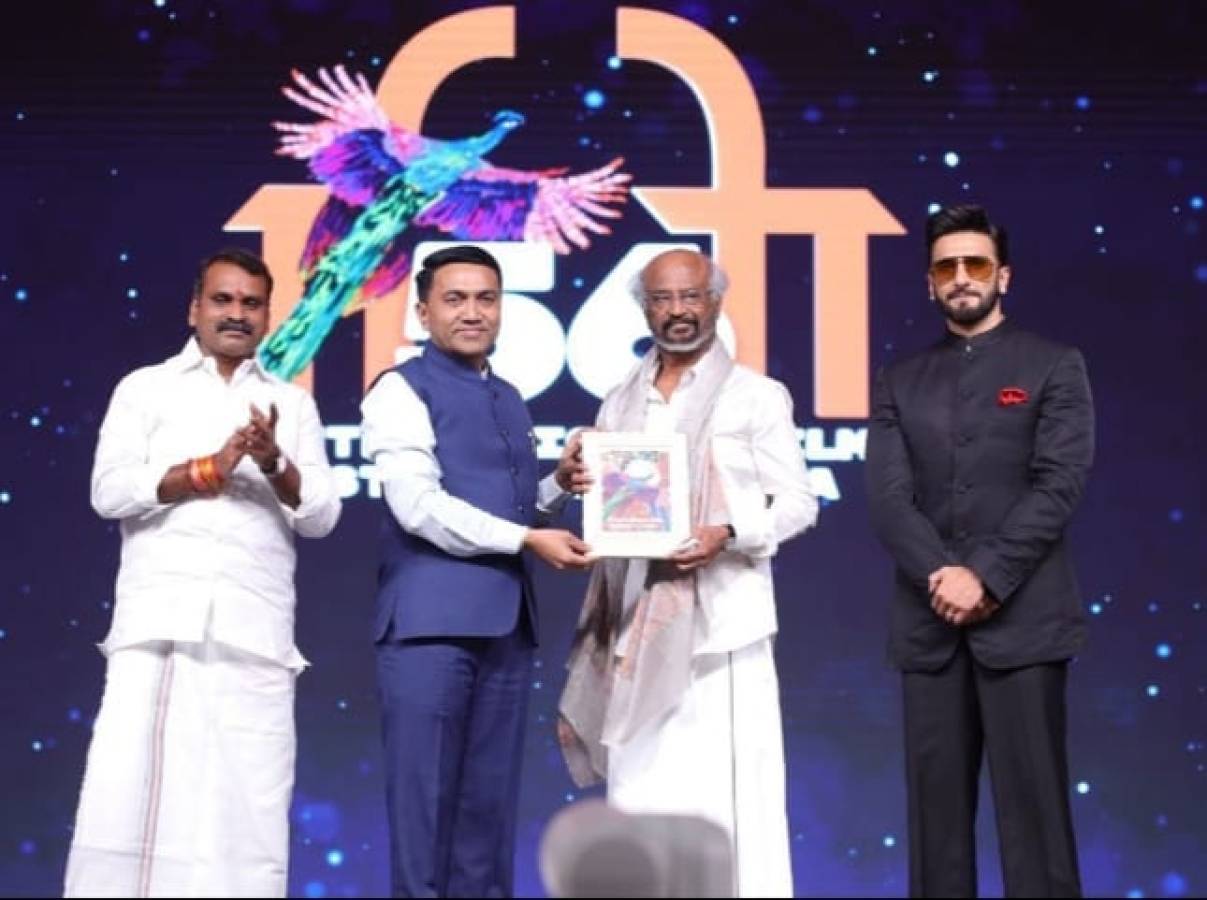

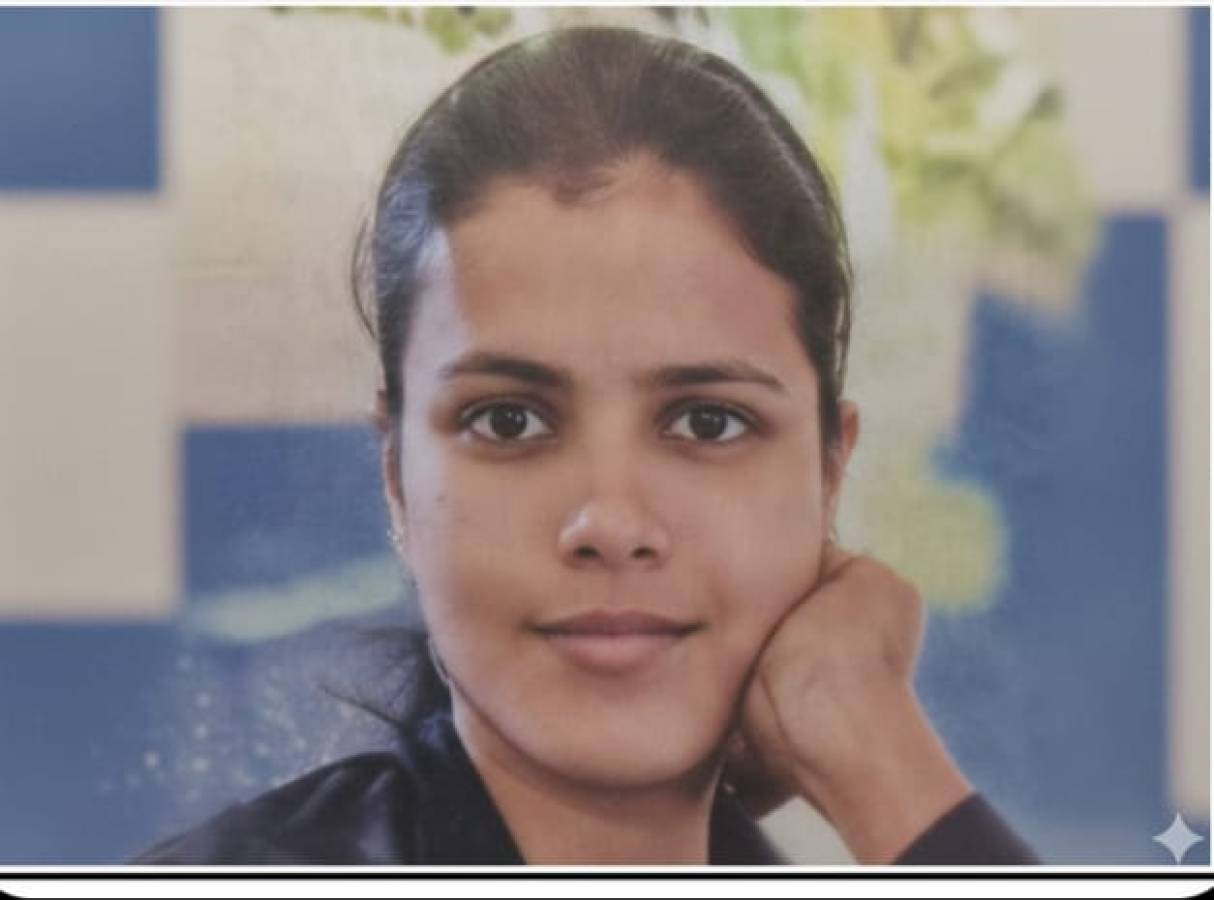
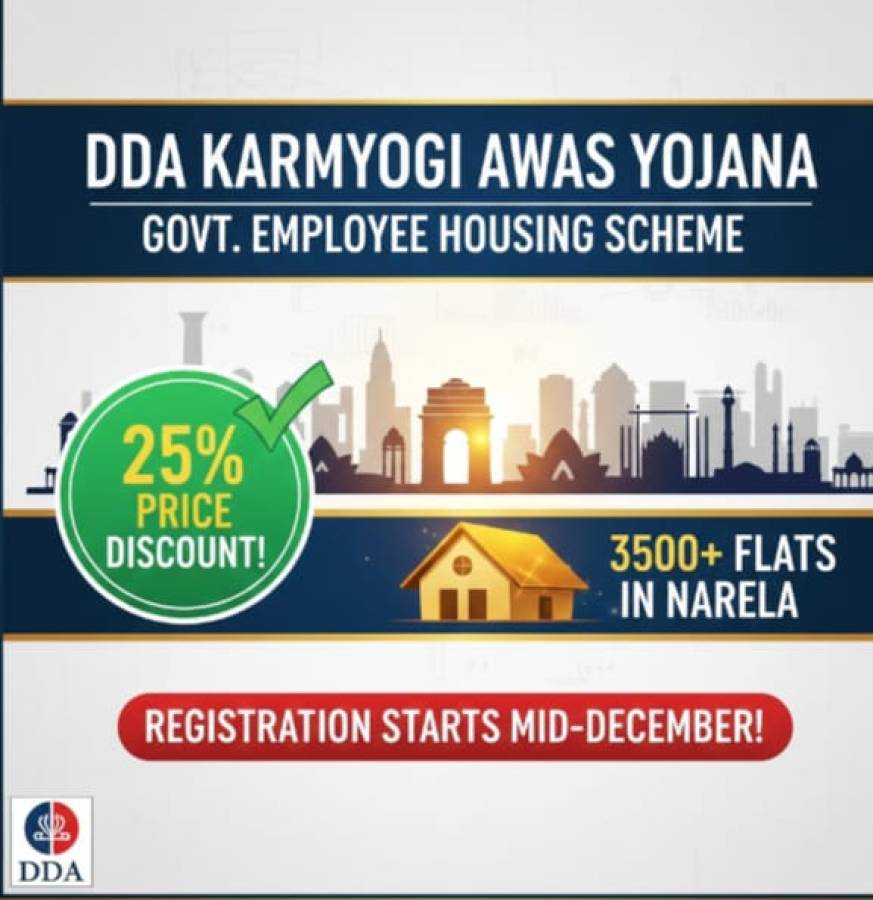
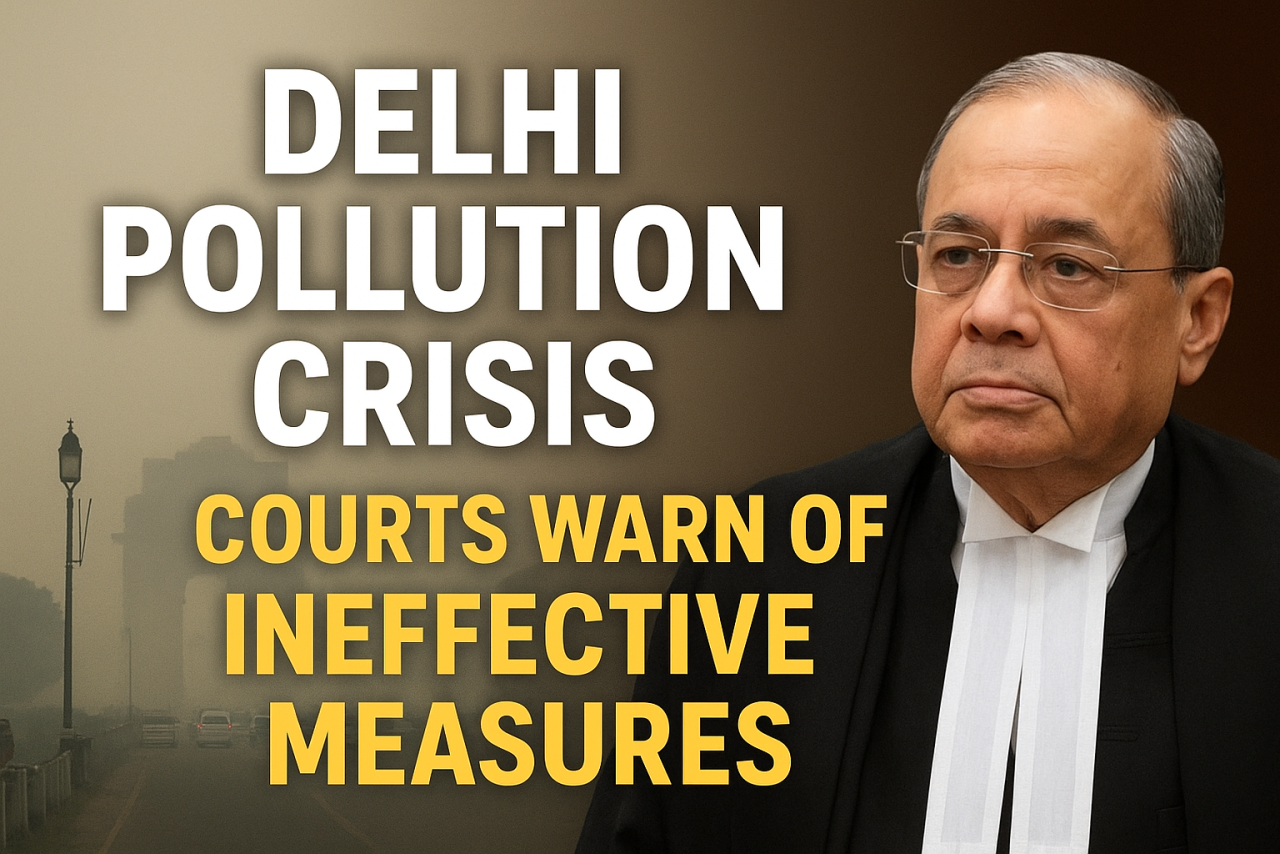






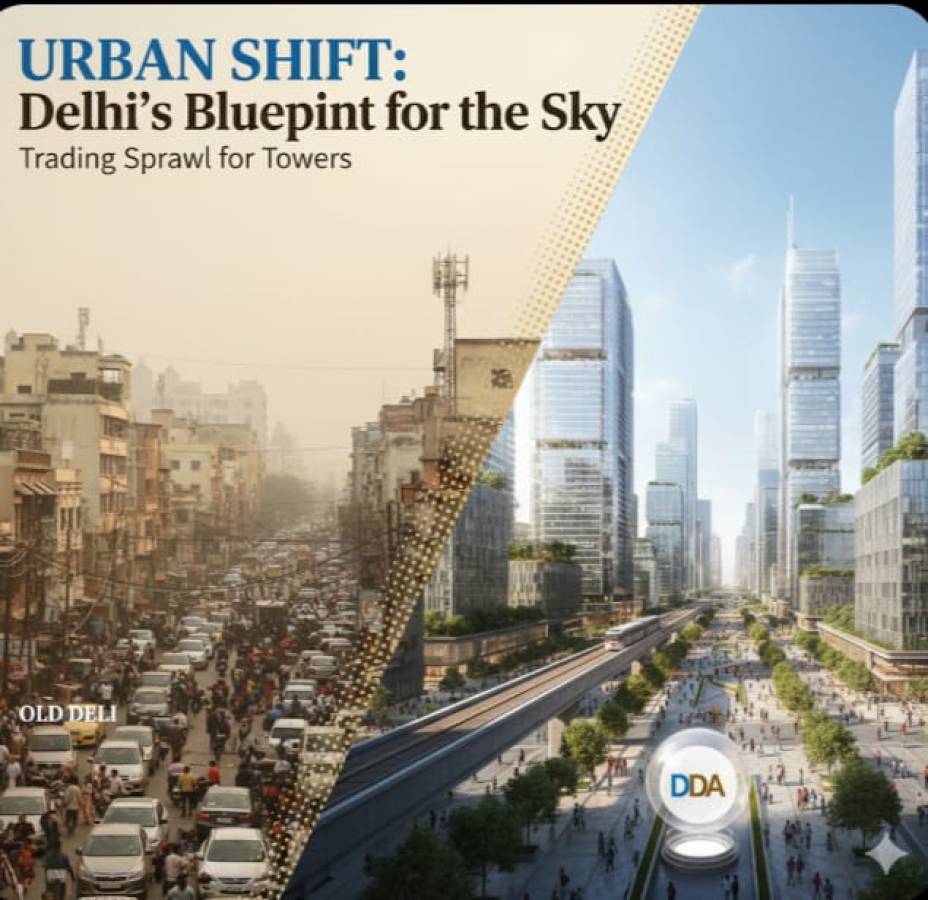

Ram niwash
1 year agoTransparency in election is one of the most important task of ECI. Your data shows that you are observing this election very closely.
Ram niwash
1 year agoTransparency in election is one of the most important task of ECI. Your data shows that you are observing this election very closely.
Pankaj kumar
1 year agoCorrect....!
SN Choudhary
1 year agoWe also thank you for giving so much information. Your work is also commendable.????????
Mayank Raja
1 year agoPerfect information ????????